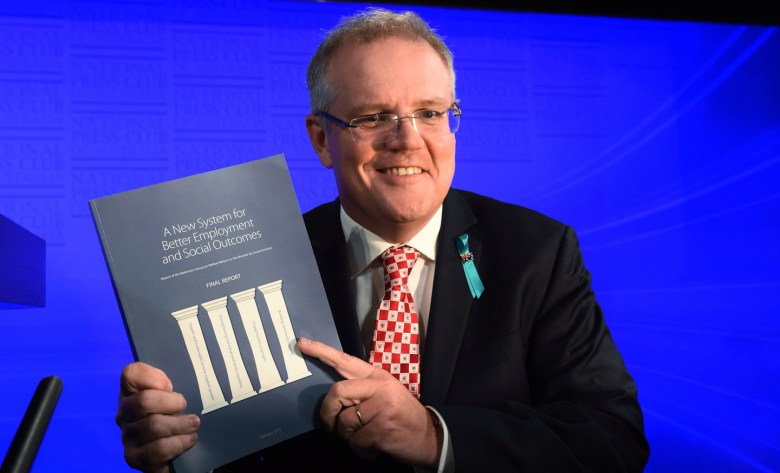
With Budget 2017 now available to the public, AP has done the hard yards to work out what will affect you.
Firstly, corporate tax rate changes discussed prior to the budget have been kept, moving the tax rate for all businesses down to 27.5%. In addition, there is an extension of the instant tax offsets available for small businesses, now due to continue until July 2018. These allow printers to immediately write off expenditure up to $20,000, but will revert back to $1,000 when the extension ends. The legislation defines small businesses as having less than $10m annual turnover.
Andrew Macaulay, CEO, Printing Industries Association says, “Overall it is a business-friendly budget, and the PIAA commends the Government on the small business tax cuts in this budget.”
However Macaulay says the issue of Australia Post must be dealt with, and says the energy crisis needs serious answers. He also says the $6.2bn slug on the big banks will likely be paid for by businesses.
He does point to some positive outcomes, “We are delighted to see the extension of the immediate $20,000 deduction against capital purchases, and the $300m commitment to cutting red tape for business. These both benefit small business, which is the driver of the economy.”
Some small businesses may be hit with a new foreign worker levy. Every employee on a temporary work visa will cost a business up to $1,800 per year, while businesses will pay a one-off levy for workers on a permanent skilled visa. This money will then be funnelled into states and territories, $1.5bn over four years, towards a new Skilling Australians Fund, prioritising apprenticeships and traineeships for Australians.
Macaulay says, “We are excited to see the Government’s commitment to improving and increasing vocational training through the creation of the Skilling Australia Fund. We have reached out to Government today to get greater detail on this.”
Thirdly, the Turnbull Government has noted major investments for energy security including: $8m towards monitoring of gas and electricity prices by the Australian Competition and Consumer Commission; $90m to expand gas supplies, partly through increased unconventional gas exploration; a potential Commonwealth buyout of an expanded Snowy Hydro scheme; and $110 million for a solar thermal plant at Port Augusta. The budget also allocates $13m for CSIRO to improve energy forecasting tools.
With some printers across the country experiencing the pain of energy costs doubling over the past year, and expecting it will happen again, Macaulay says not enough is being done to immediately address the issue, which affects the manufacturing sector as a whole.
“Printing Industries is concerned that this budget does not immediately address the energy security issue facing Australia, which if not rapidly addressed will distort most of the economic predictions underpinning the entire budget.”
Printing Industries has reiterated its calls to remove clean energy targets, saying if bureaucratic distortions to the energy market are not removed, industry can only contract.
Tony Wood, Energy Program director, Grattan Institute, also says not enough is being done for energy security.
“In summary, on energy this budget is small fry ahead of major policy decisions that rest on the forthcoming Finkel Review of the National Electricity Market next month, and the climate change policy review later in the year.”
Fourthly, with $75bn allocated to building Australia’s infrastructure over the next 10 years, there will be opportunities opened up to printers. Plans, brochures, and signage will undoubtedly need to be produced for the projects, which include rail lines connecting cities to rural areas, and the Snowy Hydro 2.0.
One key thing missing from the budget, Macaulay says, is “an acknowledgement of the critical reform needed for Australia Post, and specifically the damage it is doing to the printing industry.”
With a change in leadership coming for Australia Post soon, following Ahmed Fahour’s exit, print and mailing houses can only hope that the wind will blow in their favour, after years of price rises.
AP will have provide more details on how the measures will affect you tomorrow, following Printing Industries’ meetings with key government ministers.
Comment below to have your say on this story.
If you have a news story or tip-off, get in touch at editorial@sprinter.com.au.
Sign up to the Sprinter newsletter


Not sure you have done the “Hard Yards”. I appears all you have done is picked up a the comments of PIAA. Or did they copy you…